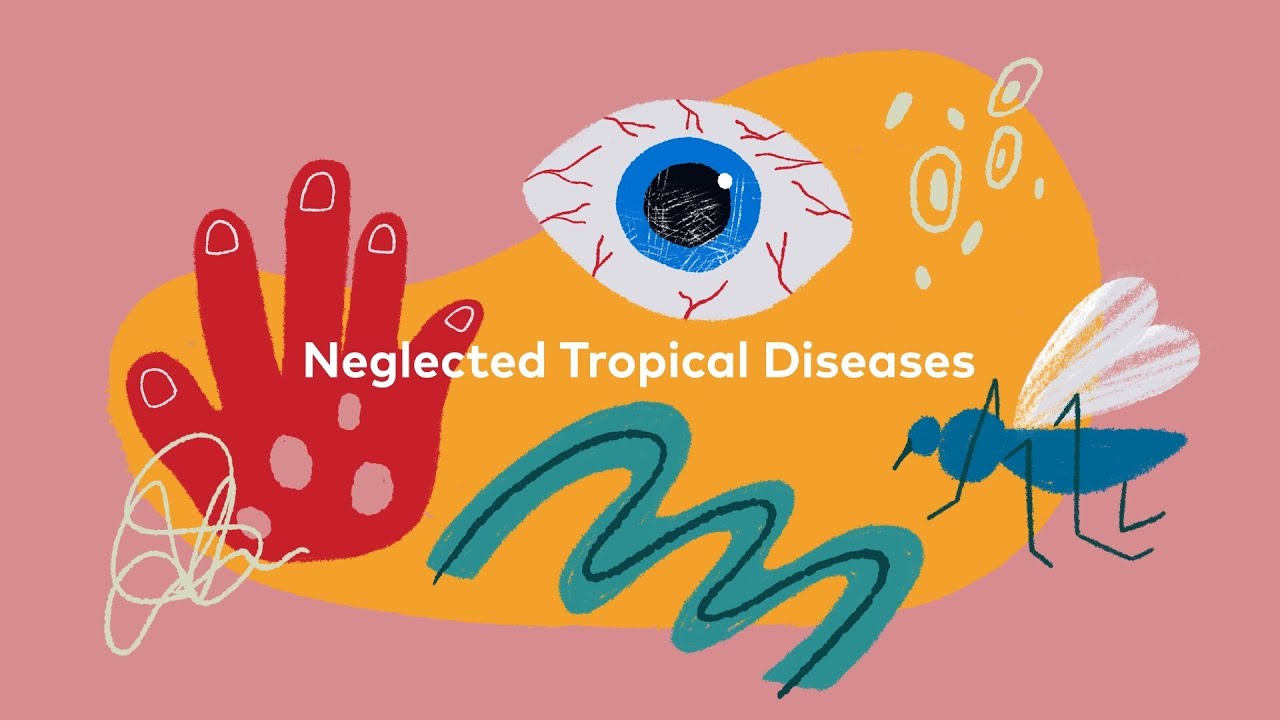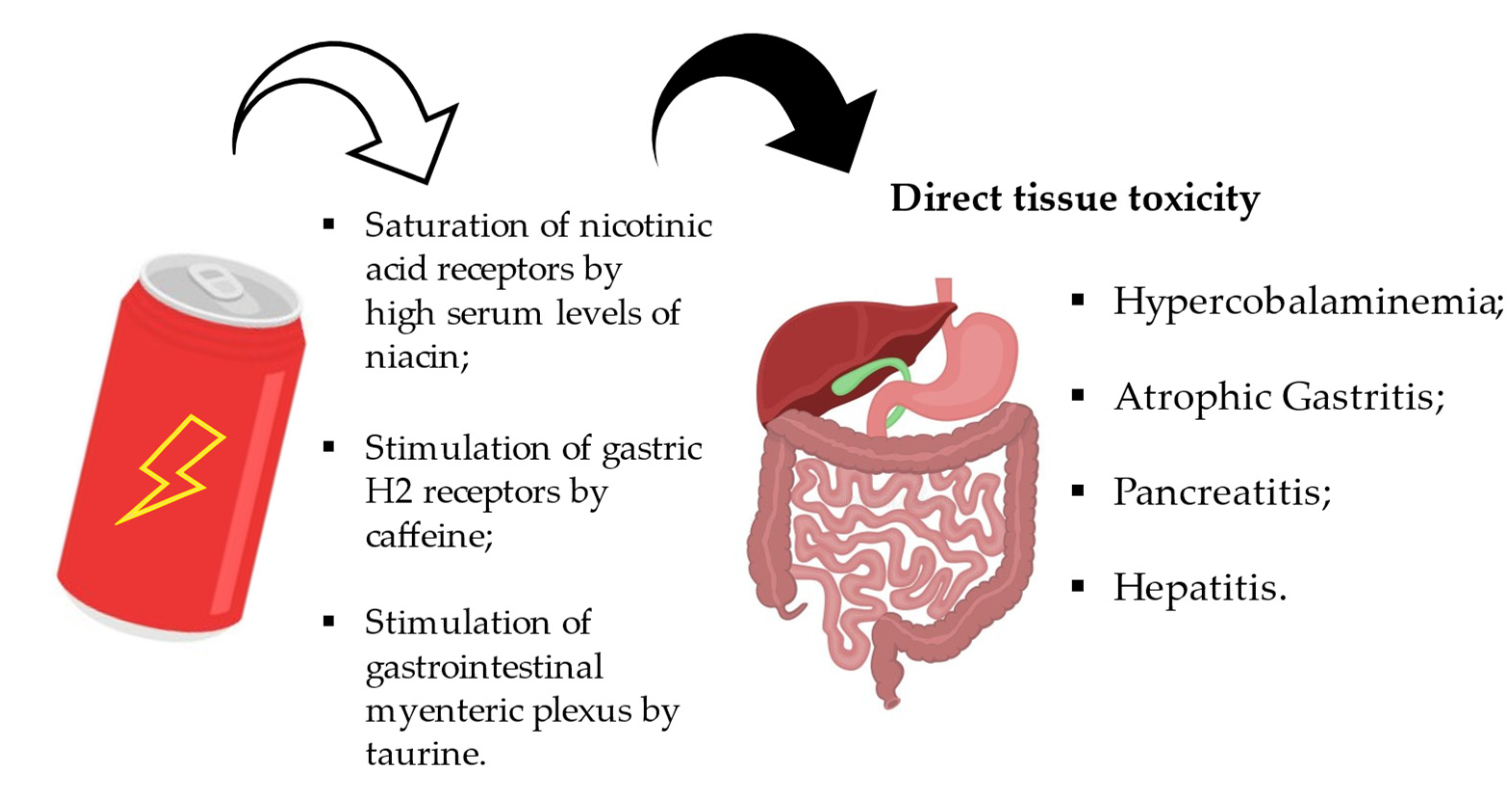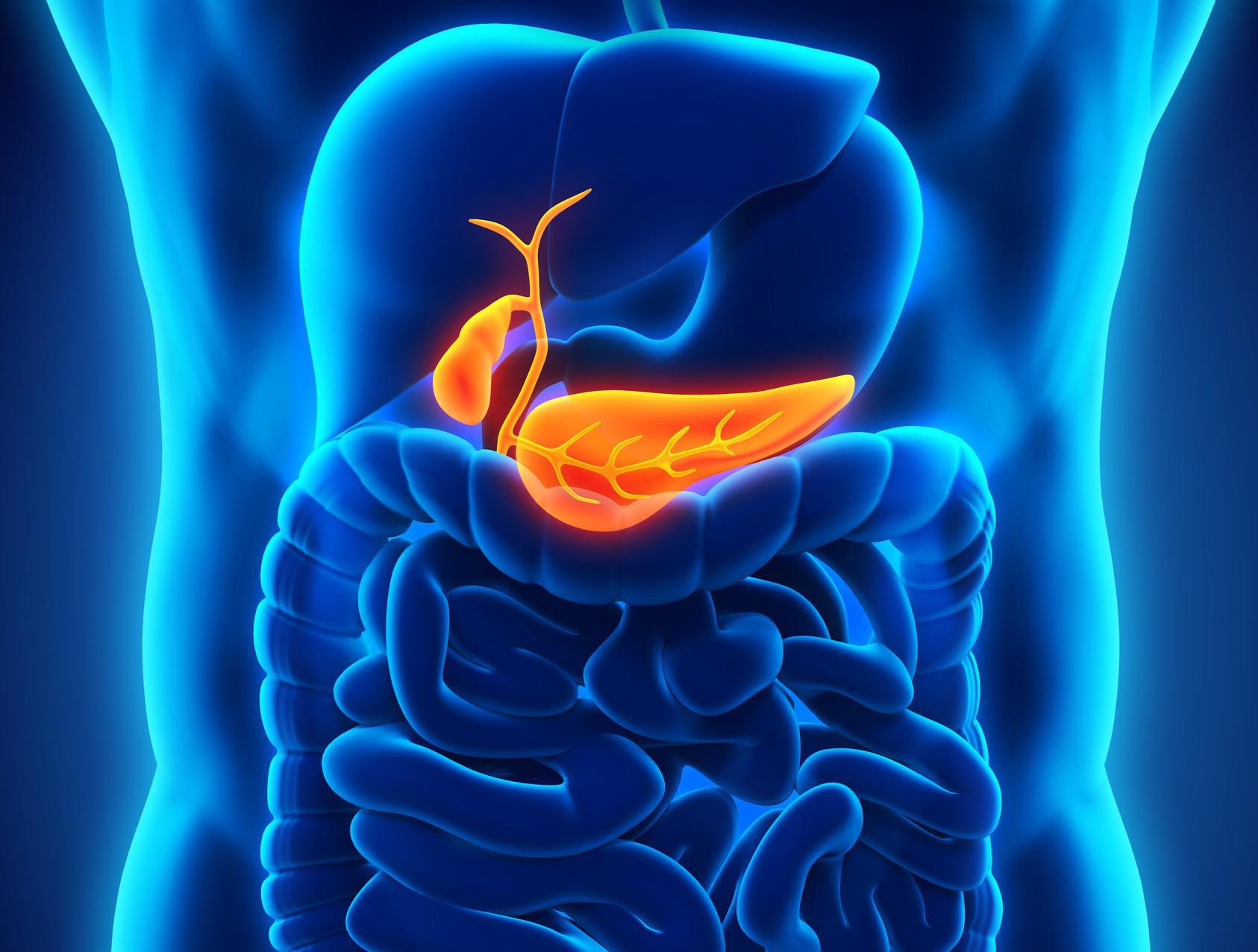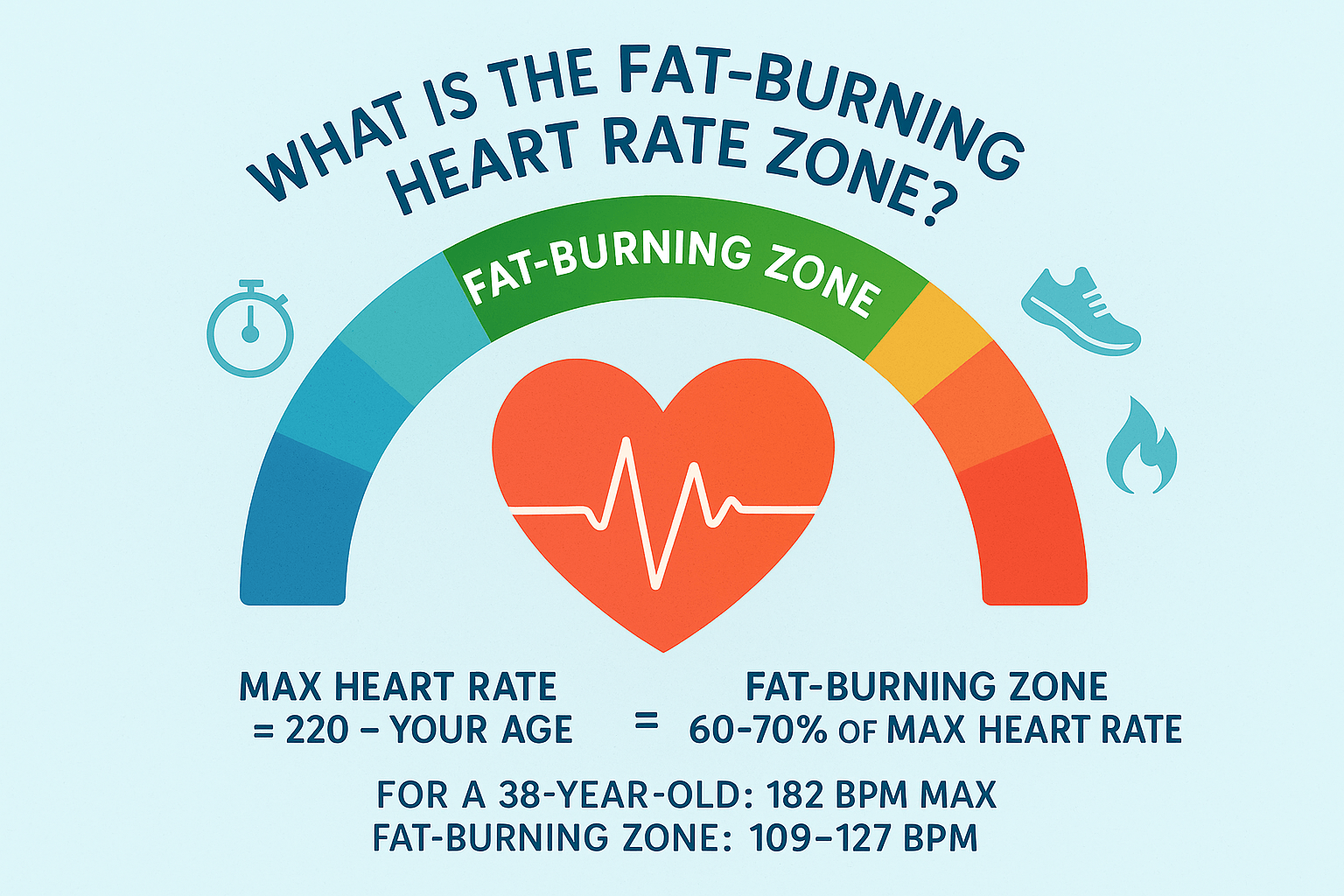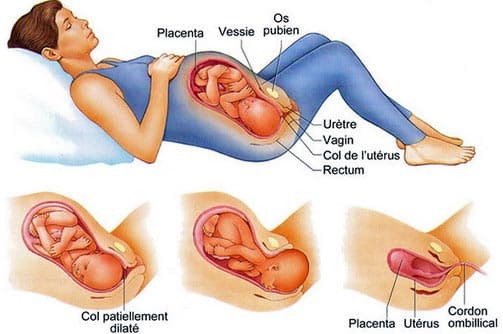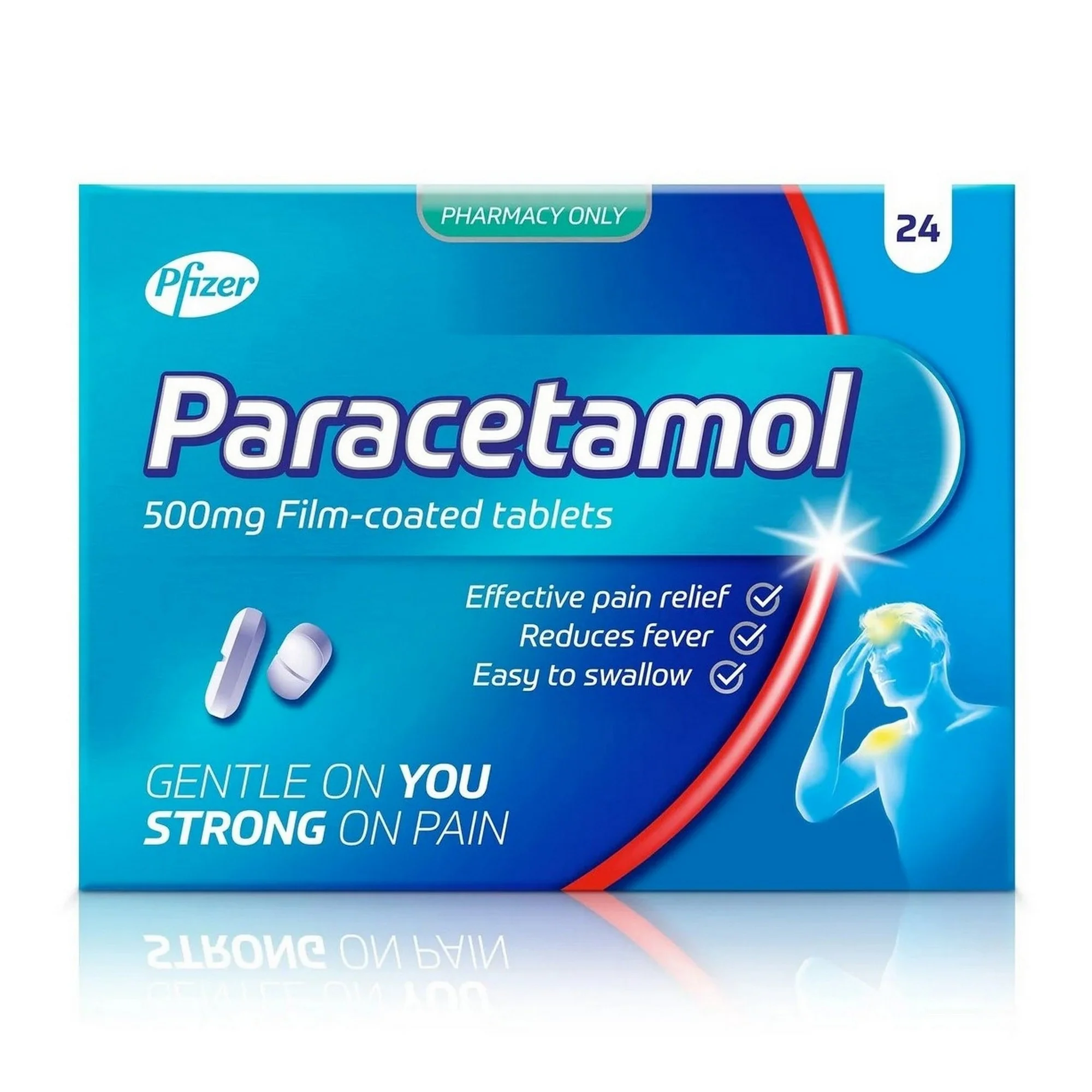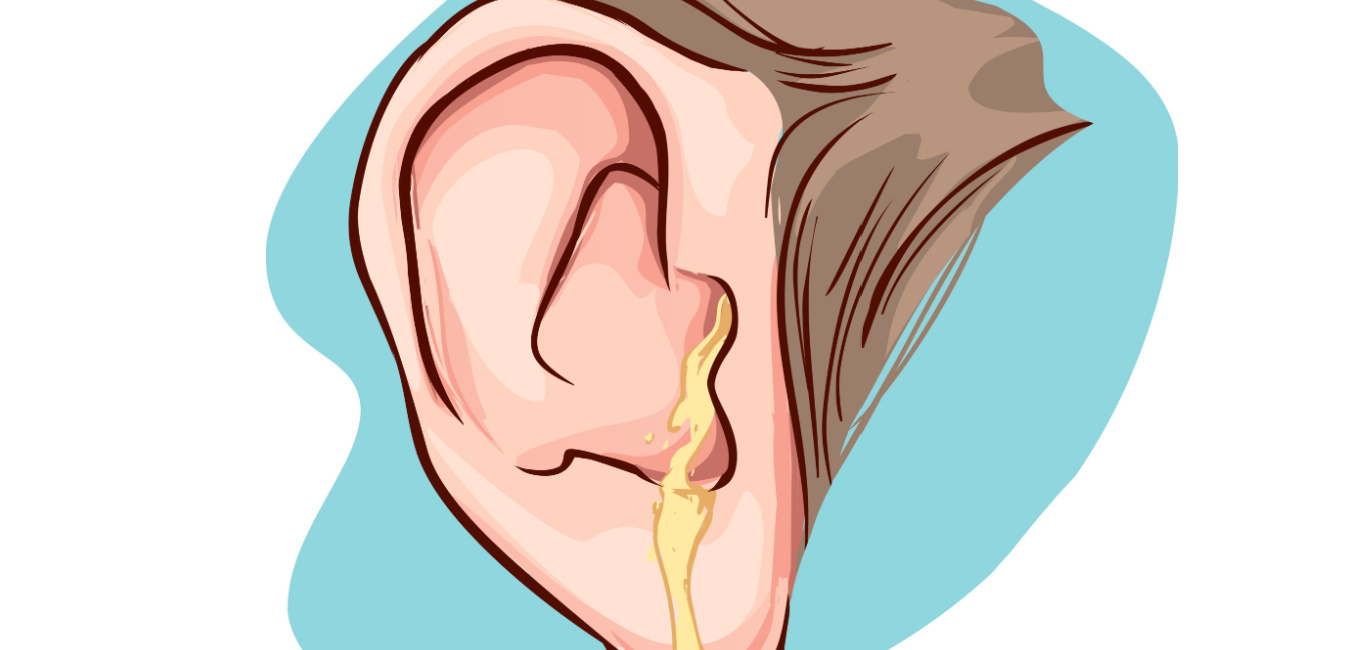Malaria, a severe acute febrile illness caused by parasites transmitted through the bite of an infected female Anopheles mosquito, remains one of Africa's deadliest diseases. Among the most vulnerable populations are children under five and pregnant women. This article delves into the heightened risks malaria poses during pregnancy and outlines essential preventive measures to protect both mother and child.
Understanding Malaria: Symptoms and Diagnosis
Recognizing the symptoms of malaria is crucial for early intervention. Common indicators include:
- High fevers accompanied by chills: These often occur in cyclical patterns.
- Sudden sweating (sudation): This typically follows a fever spike.
- Muscle and joint pain: Aches can be widespread and debilitating.
- Nausea and vomiting: Digestive upset is a frequent symptom.
- Occasional diarrhea: While less common, it can occur.
- Headaches (cephalalgia): These can range from mild to severe.
- Asthenia (fatigue and weakness): Profound tiredness is a hallmark of the disease.
In severe cases, individuals may experience convulsions, mental confusion, and respiratory difficulties. The only definitive way to confirm a parasitic infection is through a rapid diagnostic test (RDT) or a thick blood smear, which helps determine the parasitemia (the percentage of red blood cells infected with the parasite).
Why Pregnant Women Are More Vulnerable to Malaria
Remarkably, female Anopheles mosquitoes show a preference for biting pregnant women. This isn't just an anecdotal observation; scientific studies suggest physiological changes during pregnancy, such as increased body temperature and altered odor profiles, may attract mosquitoes. This preference has significant consequences for both the mother and her developing baby.
In endemic areas, pregnant women may possess a degree of acquired immunity, leading to a phenomenon where malaria can go unnoticed during pregnancy. This means an expectant mother might be infected without displaying any symptoms. However, even in the absence of overt symptoms, the parasite remains active, silently infecting the placenta and leading to anemia in the mother.
For the fetus, maternal malaria can have devastating consequences, including:
- Hypotrophy (low birth weight): This significantly increases the risk of infant mortality and long-term health problems.
- Miscarriage: The infection can lead to the loss of the pregnancy.
- Premature birth: Babies born too early are at higher risk of complications.
- Stillbirth (mort-in-utero): The most tragic outcome, where the baby dies in the womb.
Read Also: What Every Parent Should Know if their Baby has a Fontanelle
Essential Preventive Measures for Pregnant Women
Protecting pregnant women from malaria requires a multi-pronged approach, combining medical interventions with practical preventative strategies.
1. Preventive Medications (Chemoprophylaxis)
Beyond general malaria prevention guidelines, all pregnant women in endemic areas are now recommended to follow a new intermittent preventive treatment (IPTp) protocol advocated by the WHO. This involves taking a combination of Sulfadoxine + Pyrimethamine.
Important Considerations for IPTp:
- Timing is crucial: This preventive treatment must not be taken during the first trimester due to the risk of congenital malformations. It is typically initiated from the fourth month of pregnancy (16 weeks of amenorrhea).
- Avoid self-medication: Pregnant women should never self-medicate with antimalarial drugs. Certain drugs, like doxycycline, are strictly contraindicated during pregnancy as they can be lethal to the fetus. Always consult a healthcare professional for appropriate prescription and guidance.
2. Mechanical Prevention Measures
These are practical steps that all individuals, including pregnant women, should adopt to minimize mosquito bites:
- Sleep under an insecticide-treated mosquito net (ITN): This is one of the most effective ways to prevent bites during sleep.
- Wear long, loose-fitting clothing: Covering exposed skin, especially during peak mosquito activity hours (dusk till dawn), can offer protection.
- Use air conditioning at night, if possible: Mosquitoes prefer warmer, humid environments.
- Eliminate stagnant water sources: Mosquitoes breed in standing water. Regularly inspect and remove any residual water around your home.
3. Choosing Repellents Wisely
While cutaneous repellents (creams or lotions) can offer protection, their use during pregnancy requires caution. Health authorities often publish lists of products deemed safe for pregnant or breastfeeding women. However, the most critical factor is the frequency of application, as these products can be absorbed through the skin. It's generally advised to limit the number of applications, especially during early pregnancy. Always prioritize products specifically approved for use in pregnancy and follow the instructions meticulously.
Conclusion: A Call for Vigilance and Prepared Care
Malaria in pregnancy is a serious concern, but with proper awareness, preventive measures, and timely medical intervention, the risks to both mother and baby can be significantly reduced. Regular antenatal care, adherence to prescribed preventive treatments, and diligent application of mechanical protection are paramount for a healthy pregnancy in malaria-endemic regions.


